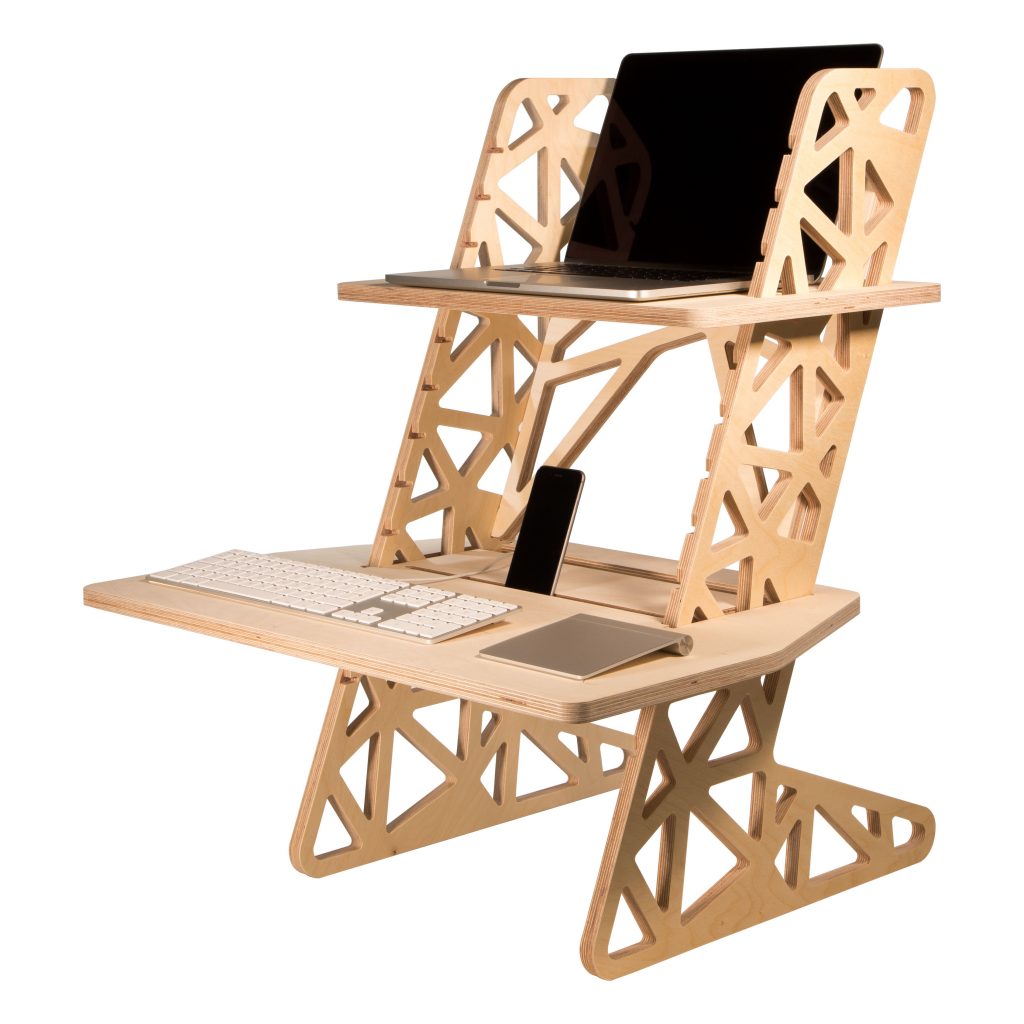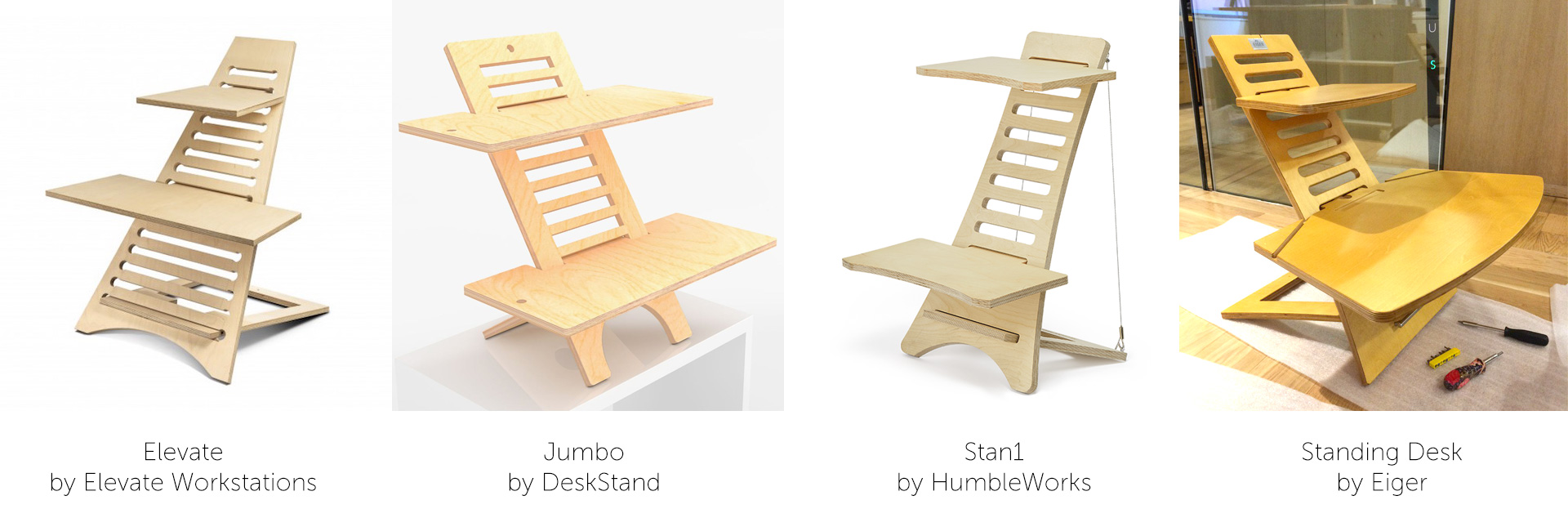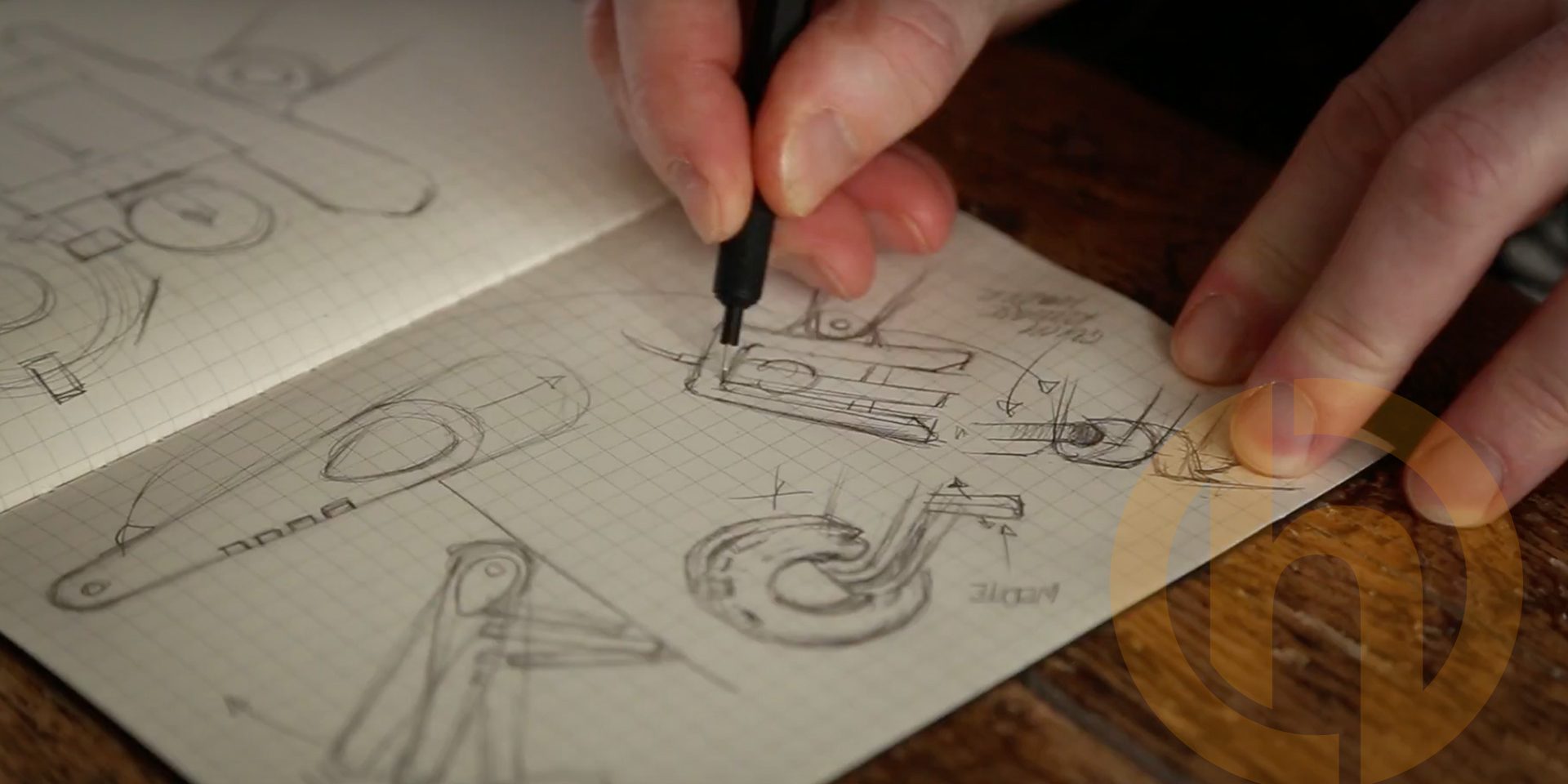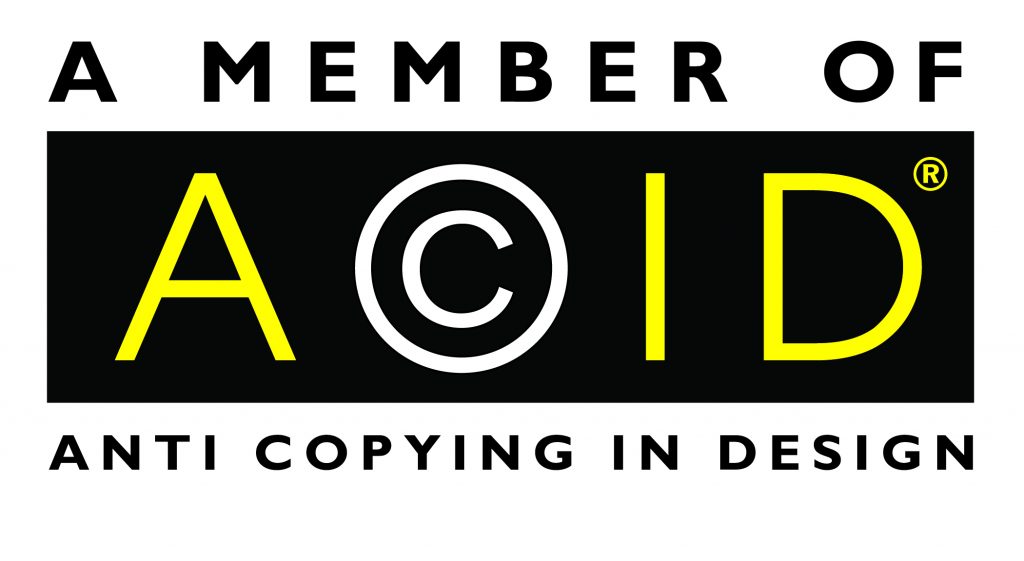When beginning the design process for the Helmm products that are out now, upon seeing my designs, I had a lot of concern from colleagues, friends and families about someone else copying and selling them under a different brand. I have been a designer for my entire working life and have witnessed plenty of incidents of illegal copying and gone through intellectual property registration processes on many occasions, but when it came to the Helmm standing desks and laptop stands I wasn’t overly worried about losing my design rights down to a handful of steps and thoughts that apply to today’s product marketplace.
-
REALISE THAT IN THE BEGINNING, NO-ONE WILL CARE
For us, Helmm is a brand new project with brand new products that no-one has ever seen before. Although many things have gone on over the years to get to the point of launching our products, before now, no-one had any idea what we were working on. For this very reason our work was not going to capture much attention from intellectual property thieves as our brand was yet to capture the public’s interest. Products that get copied the most are from the world’s most recognised and desired brands and that kind of notoriety takes years and years to develop.
Also, in order to copy, prototype, develop, manufacture, take to market and sell a physical product takes hundreds and hundreds of hours of work. Before panicking about your designs being copied, realise that it would take an individual an immense amount of time and money to beat you to the market. This drastically reduces the amount of people or companies that are likely to copy your work. If you are producing a product that goes head to head with large organisations in an open marketplace, follow the steps below to make it harder for your work to be copied.
-
DO YOUR RESEARCH, INNOVATE, AND DESIGN SOMETHING UNIQUE
Helmm’s first product was a standing desk converter that was developed in response to requests from co-workers for furniture that allowed them to stand and work. We knew there were other standing desks out there so we did our research and came up with something better, using design and manufacturing techniques that played to our strengths.
There are so many examples of product design in the market where you could say intellectual property has been copied. Even in the small world of standing desks there are many examples of strikingly similar products:

The Helmm S-Desk is an example of unique, stand-out product design with a registered visual aesthetic and an innovative, original working mechanism.
 In some cases, there may be out and out copyright infringement at play, but it also may be possible that designers chose this path because it was the simplest way to perform the product’s function. Just because an idea works out, doesn’t mean it’s the best way of doing something, and if you really dive deep, you can innovate beyond the simplest solution, refine the function and come up with something unique. The more unique your design, the less likely you are to see it being implemented by someone else.
In some cases, there may be out and out copyright infringement at play, but it also may be possible that designers chose this path because it was the simplest way to perform the product’s function. Just because an idea works out, doesn’t mean it’s the best way of doing something, and if you really dive deep, you can innovate beyond the simplest solution, refine the function and come up with something unique. The more unique your design, the less likely you are to see it being implemented by someone else.
-
BEFORE YOU LAUNCH, DEVELOP A ROCK SOLID BRAND
It is true that some of the world’s most recognised brands have their designs copied, but if you are an independent designer or maker looking to release your baby into the market, then making sure you look established, solid and memorable will help your chances of keeping your intellectual property protected.
In today’s ‘open source’ culture your may want to give away your designs for free, but if you are looking to monetise them then you need to develop your brand before launch. A strong, unique and well designed logo, consistent use of colours & typefaces, a good website that delivers your brand message and cohesive social media channel pages will all help you own your designs and discourage those with less imagination from lifting them. Make sure you are consistent with all your branded activity and that all your collateral bears your marque.
-
PUBLICLY DOCUMENT YOUR DESIGNS, DON’T HIDE ANYTHING
I’m not telling you here to give away the ingredients to your secret sauce, but using your preferred social media channel(s) to document the process from ideation through to delivery will help your prove ownership of your designs (should the situation ever arrive where you have to). Teasing your audience with snippets of your designs while you are developing them is a proven marketing strategy in the build up to a product launch, but will also help you prove ownership of your ideas. So as long as your aren’t giving away trade secrets, publishing parts of sketches, 3D models, photographs of prototype parts and the manufacturing process will all build your story as the creator of the intellectual property.
-
REGISTER YOUR DESIGNS
The most obvious form of intellectual property registration in regard to products is the patent. However, it is important to understand whether a patent registration is the right thing to do. In order to obtain a patent in the UK the registration process is notoriously long and very expensive. It is not uncommon for the process to take 3 months+ and cost in excess of £4000 to claim a completed patent. Patents also only really apply to a unique mechanism or way of performing a task/process – you can’t really apply for a patent just on the way something looks, its more about the way something ‘works’.
If you wish to protect the visual design of your product there are other ways to do this. In the UK, the government intellectual property service allows you to register your visual design for a fee of £50 for a single design up to £150 for 50 designs. See https://www.gov.uk/register-a-design for more information.
Another option is join an intellectual property association that can help your protect, register and enforce your design rights over your product. Helmm are members of A.©.I.D. (Anti Copying In Design) and have products registered with them. For a small start-up like ourselves it was only £210 for our first year’s membership and there many other benefits to joining up such as free legal advice and access to their vibrant community.
If you have found this information useful please do leave a comment, or even better, share this post with others.







